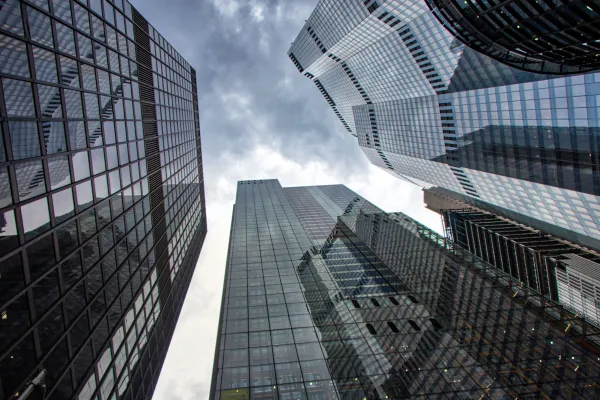Investors deploying family office capital into real estate are contemplating whether to develop original projects or acquire existing properties. Increasingly, it is the latter that is proving to have a better risk-return profile.
And for those families looking to buy existing assets, a further question is what type of property they should be prioritizing, according to multiple leaders of real estate focused family offices.
Ground up development can be both difficult and expensive in the current market. Labor and materials are expensive, and tariffs have caused uncertainty over import costs.
CBRE’s 2025 U.S. mid-year outlook found that construction will be constrained across office, industrial, retail, and multi-family due to the increased cost of capital and materials this year. The report forecasted 217 million square feet of new industrial supply, which is 37 percent lower than last year.
As a result, investors are looking to revitalize property to unlock value.
Ari Moses, the head of the family office embedded in Fisher Brothers, which operates and invests in New York office buildings as well as residential and entertainment real estate across the U.S., says the risk profile that comes with developing new projects is something that should be considered very carefully. “Development is not something to do because you have excess capital,” he said.
Indeed, the North American edition of Campden Wealth’s 12th Global Family Office Study found that family office exposure is “primarily through investment properties, not property development, which carries considerably more risk.”
Data centers may be an exception to this rule because they need to be built to meet growing demand for capacity given the rise of AI.
However, Fisher Brothers is reticent to jump into the space just because demand is skyrocketing. This play requires a very technical skill set around location, power, and access to the internet and electrical grid that many sophisticated investors lack.
“You can’t just build a big box in Kansas and put cables in it and say it is done,” said Moses.
Multifamily residential properties illustrate the challenges of new construction.
Developing a multifamily can take time and is difficult to get right. Even when an investor has managed to pick an up-and-coming location where rents are growing, by the time the development is complete costs and operating expenses may have changed and an oversupply may have pushed down rents.
Regulation, zoning, and permits further complicate development.
This much is out of the control of investors. So opting to invest into a multifamily that has already been built can prove to be a better decision. Picking the right location, making sure that expenses stay low, and choosing good partners can ensure the investment is sound.
“I really focus on city selection, is there a positive tailwind? What I can control is the alpha of the portfolio, manager selection and geography selection,” Moses said.
Where on the value curve the property lies, be it Class A, B or C, also has a big impact on potential returns, he said. During an inflationary environment it is better to own Class B or C assets that move with wages and prices, said the head of investments.
Family investors are essentially looking for a premium when buying an asset that is sufficient to justify the risk of going into the development but are struggling to find that premium with new developments. Instead, they are looking for projects to repurpose or to reposition existing assets that carry attractive yields, are in the right location, and bear a high chance of decent compensation for the risk.







